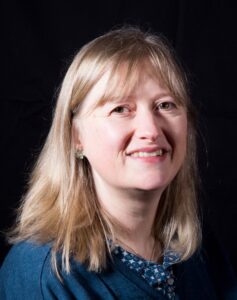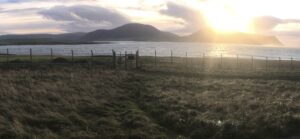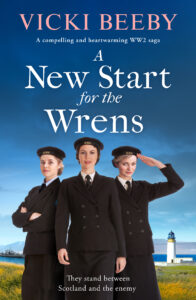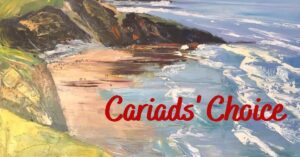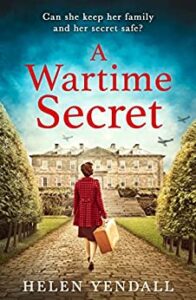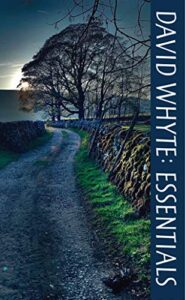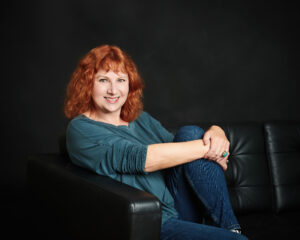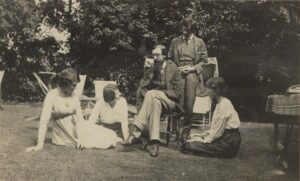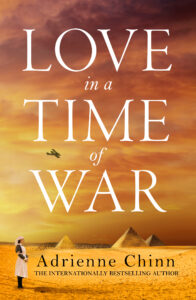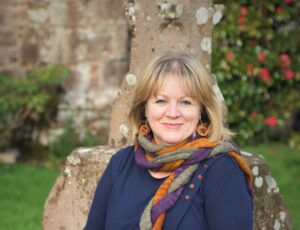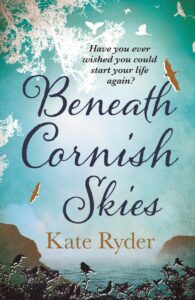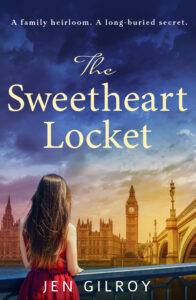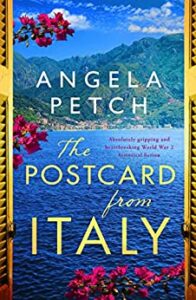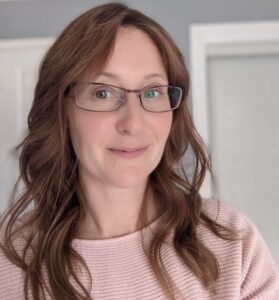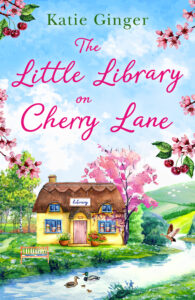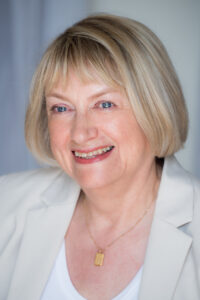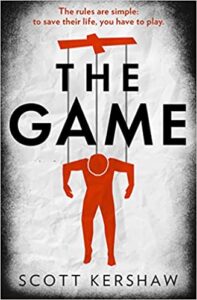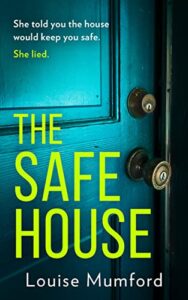Author Morton S Gray has a passion for crafting, and here she reviews three books guaranteed to inspire.
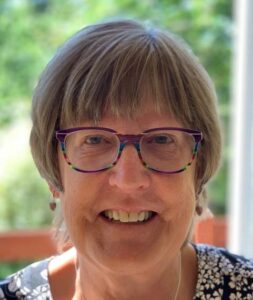 Wreath Making For All Occasions by Becci Coombes
Wreath Making For All Occasions by Becci Coombes
This book is full of lovely ideas and makes wreath making accessible to people of all abilities.
I love the willow star wreath and it looks much easier to achieve for a beginner than the circular willow wreath. When I got to the page about the book lover’s Valentine I exclaimed aloud at the beauty of the wreath and want to make one of these very much. The lavender wrapped in ribbon project took me right back to childhood and making a similar thing with my nan.
Gorgeous photography throughout. Lots of ideas and inspiration – just a super book.
Natural Kitchen Dyes by Alicia Hall
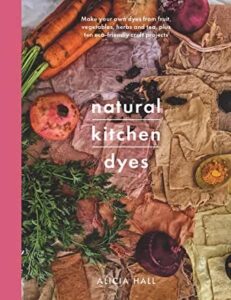 I am forever trying to replace dubious chemical products in my life and use more natural alternatives where I can so that I am clear of the origin and source – this book fulfils this brief for dyeing fabric, raffia and wool. Fascinating insights and processes, and I guess a throwback to the world of our ancestors who knew how to dye cloth using just the things around them.
I am forever trying to replace dubious chemical products in my life and use more natural alternatives where I can so that I am clear of the origin and source – this book fulfils this brief for dyeing fabric, raffia and wool. Fascinating insights and processes, and I guess a throwback to the world of our ancestors who knew how to dye cloth using just the things around them.
The illustrations are gorgeous throughout the book, making it clear what to use and making me lust after the beautifully subtle array of colours. I love the idea that I can cook a meal and use peelings, stones and leftovers to create lovely dyes later and especially the fact that as these are foodstuffs that both these raw materials and the dyes can be frozen for use at a future date.
The section about which fibres dye well is useful and I had lightbulbs going off in my head all over the place at the thought of dyeing my own wool for my crochet and weaving projects, material for my patchwork too. I also remembered that I have some unused, undyed silk scarves in my craft cupboard that I can experiment with. My eyes also lit up at the mention of dyeing antique lace.
I will heed the precautionary tales about splashes, as I suspect we are benefiting from the author’s possible previous disasters. Nice clear instructions and loved the tip for putting the remnants of the process on the compost heap.
The fact that the dye outcome is random also appeals as I often despair that all of our clothing these days is too often a carbon copy of everyone else’s. Dying to try dyeing my old t-shirts. My carrot tops and avocado stones and skins have suddenly taken on a new significance!
Crafting Authentic Paper Flowers by Sophie Longhurst
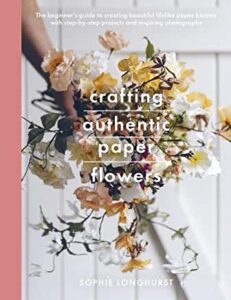 Adored the introduction tip in this book – ‘My number one tip when you start paper flower making is not to rush’. Slow enjoyment of the creative process sounds amazing. I also like the fact that this book is intended as more of an inspiration rather than as an exact ‘how to” as everyone will have an individual result. However, the templates at the end of the book make this craft feel more accessible to a beginner.
Adored the introduction tip in this book – ‘My number one tip when you start paper flower making is not to rush’. Slow enjoyment of the creative process sounds amazing. I also like the fact that this book is intended as more of an inspiration rather than as an exact ‘how to” as everyone will have an individual result. However, the templates at the end of the book make this craft feel more accessible to a beginner.
Beautiful illustrations throughout and a very clear list of materials. I can’t actually believe that some of these flowers are not real! My favourites are the poppies and floribunda roses. And who knew you could make replica Rowan berries from clay?
I have ordered my materials and look forward to some slow crafting in my future…

